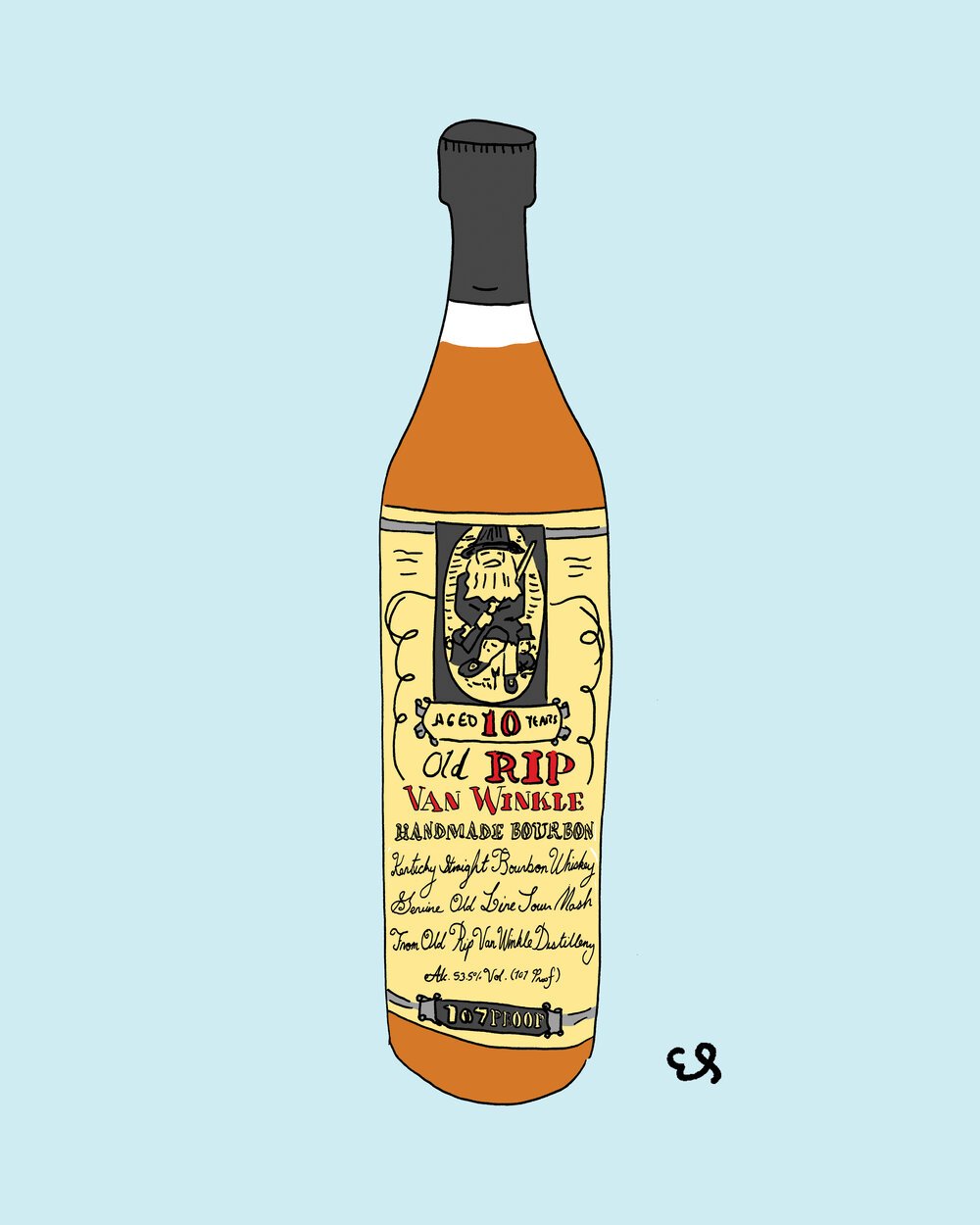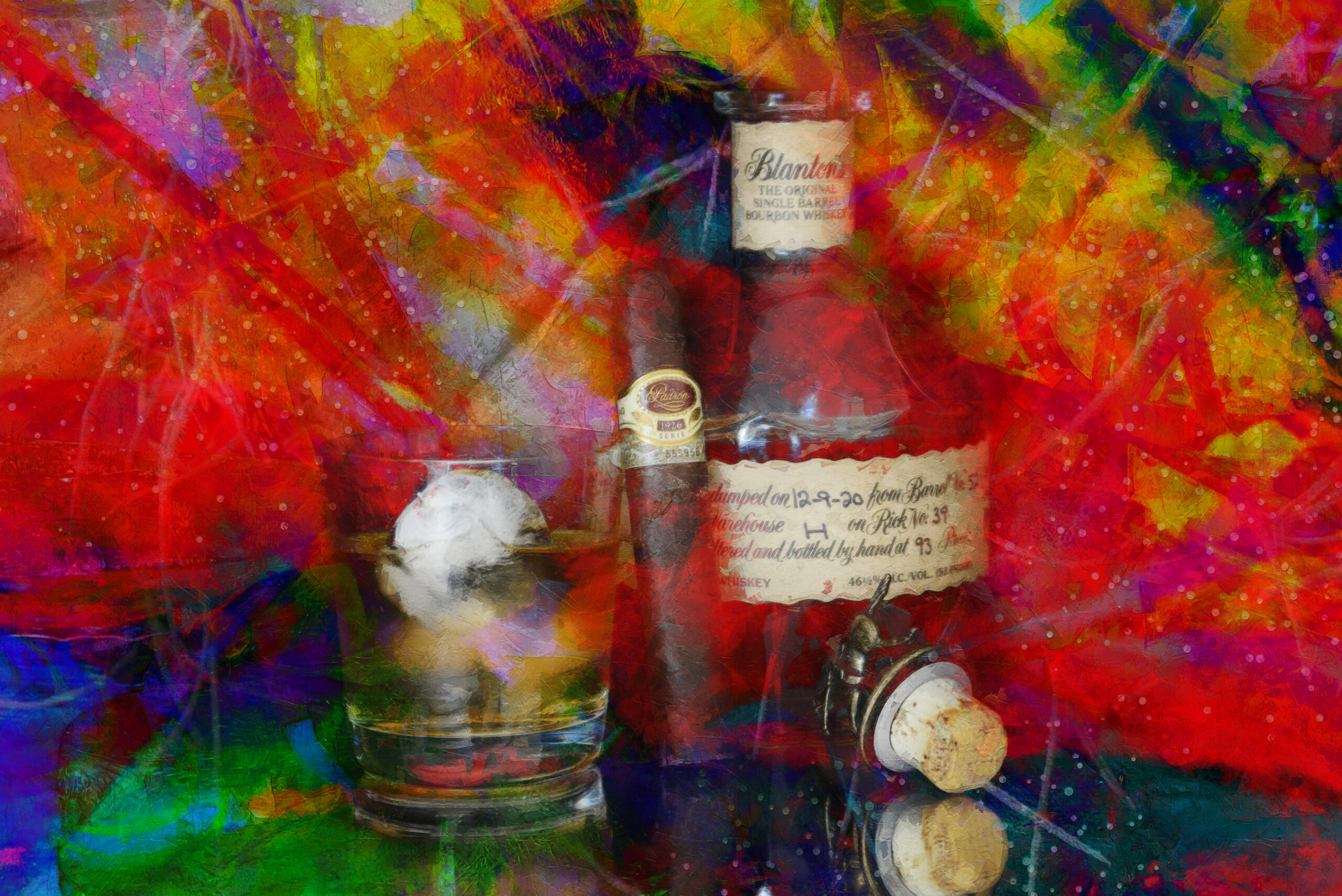The Appeal of Realism Art: A Deep Dive into Whiskey's Rich Heritage
The Appeal of Realism Art: A Deep Dive into Whiskey's Rich Heritage
Blog Article
The Value of Whiskey Art in Celebrating Heritage and Workmanship in the Beverage Industry
The complex relationship in between scotch art and the event of heritage and workmanship within the beverage market can not be overemphasized. Via attentively made tags and bottles, bourbon brands envelop their historical roots and the artisanal skills that specify their production methods. This creative dimension not just improves market charm however likewise works as a conduit for social storytelling, promoting a much deeper connection in between the consumer and the craft. As we explore the different aspects of this topic, appealing inquiries about the impact of contemporary fads on standard techniques develop, triggering additional assessment.
The Historical Roots of Whiskey
At the heart of scotch's attraction lies a rich tapestry of historical origins that map back to ancient civilizations. The beginnings of bourbon can be linked to the distillation techniques of the Sumerians and Babylonians around 2000 BCE, where very early kinds of fermented grain drinks began to emerge. Nonetheless, it was in the Middle Ages that the art of purification evolved significantly, specifically in Ireland and Scotland, causing the creation of whiskey as we understand it today.
The term "bourbon" itself derives from the Gaelic word "uisce beatha," suggesting "water of life." This expression emphasizes the cultural relevance of whiskey in Celtic cultures, where it was usually connected with rituals, events, and communal bonding. By the 15th century, purification ended up being a recognized craft within monastic communities, leading the way for the establishment of legal distilleries.
As profession courses expanded, scotch's appeal grew, transcending local borders and capturing the passion of lovers worldwide. Limited Edition. This historic journey reflects not only the workmanship behind scotch manufacturing yet also its essential duty in social and social contexts, marking it as a considerable beverage throughout background
Artistic Expression in Branding
Whiskey branding stands as a compelling crossway of creativity and commerce, where aesthetic identification plays a vital duty in forming consumer perception. The visual appeals of whiskey labels, product packaging, and advertising and marketing materials mirror not just the brand's story however likewise its core values and heritage. With imaginative expression, distilleries share a story that reverberates with consumers, evoking feelings and stimulating links.
Making use of color, typography, and images in branding serves to differentiate products in a saturated market. Typical themes may evoke a feeling of credibility and craftsmanship, while contemporary styles can represent technology and forward-thinking. This strategic artistic direction improves brand name acknowledgment and commitment, permitting customers to create an individual partnership with the bourbon they select.
Furthermore, imaginative expression in branding usually acts as a party of regional heritage. Distilleries frequently integrate neighborhood signs or historical recommendations into their styles, developing a sense of location that invites customers to partake in a broader cultural experience. Inevitably, the creativity behind scotch branding not only improves aesthetic allure yet also enhances the total narrative of the brand name, fostering a deeper admiration for the craftsmanship and heritage embedded in each bottle.
Workmanship in Container Layout
The creativity obvious in scotch branding extends past aesthetic identity to incorporate the craftsmanship entailed in container layout. Each bottle functions as a vessel not just for the spirit within, however additionally for the tale it informs regarding its high quality, custom, and origin. The design process calls for thorough focus to information, as components such as product, form, and closure add dramatically to the general assumption of the whiskey.
Workmanship in view publisher site bottle layout entails choosing top quality glass that can boost the bourbon's color and clarity, while additionally offering a visit this website tactile experience for the customer. The shape of the container should be both practical and aesthetically enticing, typically showing the heritage of the brand name. Many distilleries choose unique forms or embossed logo designs that stimulate a feeling of authenticity and background.
Additionally, the tag style and typography play a vital duty in interacting the brand's story. Bourbon Art. A well-crafted bottle not only mesmerizes the consumer's eye however also strengthens the brand's dedication to quality and custom. By doing this, the craftsmanship of container style becomes a crucial facet of the scotch experience, combining virtuosity with a profound respect for heritage
Social Value of Bourbon Art
Celebrating tradition and craftsmanship, the cultural importance of scotch art goes beyond mere visual appeals, linking with the historical and social narratives of the areas where it comes from. Each bottle works as a canvas, showing the one-of-a-kind stories, folklore, and customs that have actually formed regional whiskey-making techniques. The complex styles usually reflect the heritage of the distillers, incorporating symbols and motifs that resonate with the society and values of their neighborhoods.

On top of that, bourbon art plays a vital role in common celebrations and parties, acting as a tangible link between people and their shared experiences. By appreciating the virtuosity in scotch packaging, customers grow a deeper understanding and regard for the craft, eventually enriching their satisfaction of the beverage itself.
Modern Trends in Whiskey Discussion
Recently, the presentation of scotch has actually evolved to show modern preferences and fads while still recognizing typical workmanship - Realism Art. Distilleries are significantly concentrating on aesthetic aspects that enhance the total drinking experience, linking the gap between heritage and modernity
Cutting-edge bottle styles have emerged, often incorporating lasting materials and creative labels that inform engaging stories. Several brand names currently team up with neighborhood artists, infusing their items with unique visual expressions that resonate with consumers. Furthermore, limited-edition releases are often packaged in collectible containers, adding worth and allure for connoisseurs.

Final Thought
In conclusion, bourbon art serves as an essential avenue for sharing the heritage and workmanship integral in the beverage sector. Via complex branding, dig this ingenious bottle layouts, and culturally significant artistic aspects, whiskey brand names effectively recognize their traditions and attach with consumers.


Craftsmanship in bottle design involves picking premium glass that can improve the whiskey's shade and quality, while also providing a tactile experience for the consumer. In this means, the workmanship of bottle layout comes to be an essential facet of the scotch experience, combining creativity with an extensive regard for heritage.
In final thought, bourbon art offers as an essential conduit for sharing the heritage and craftsmanship fundamental in the drink sector.
Report this page